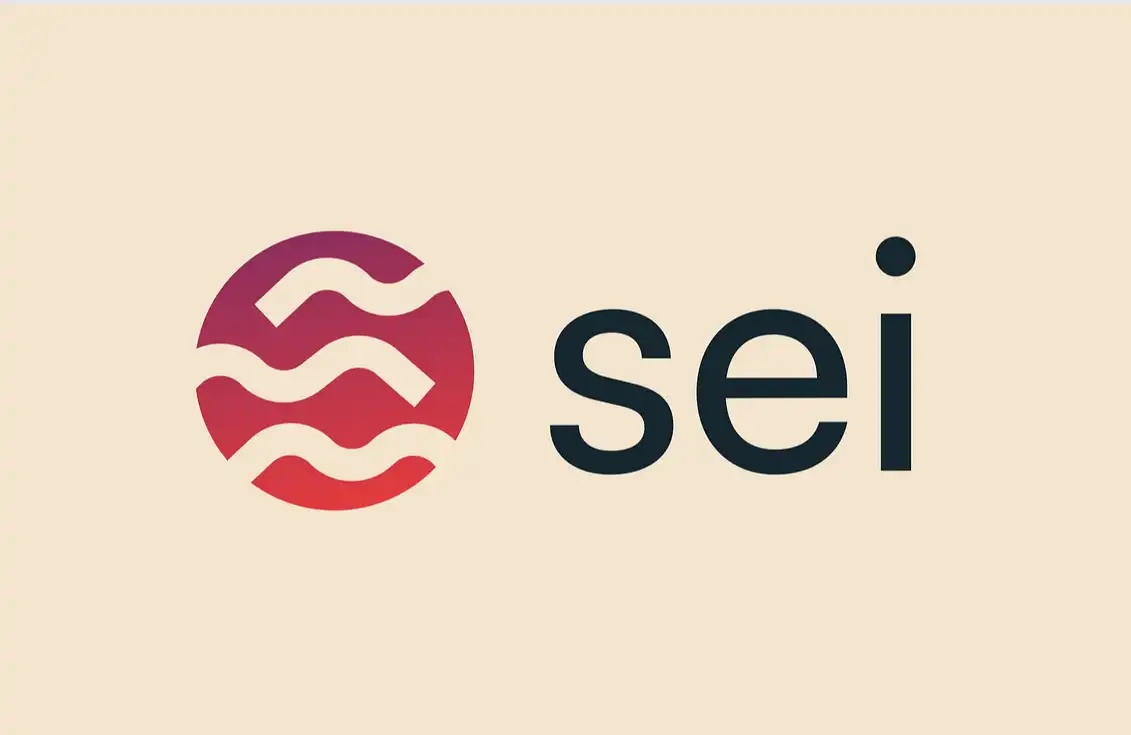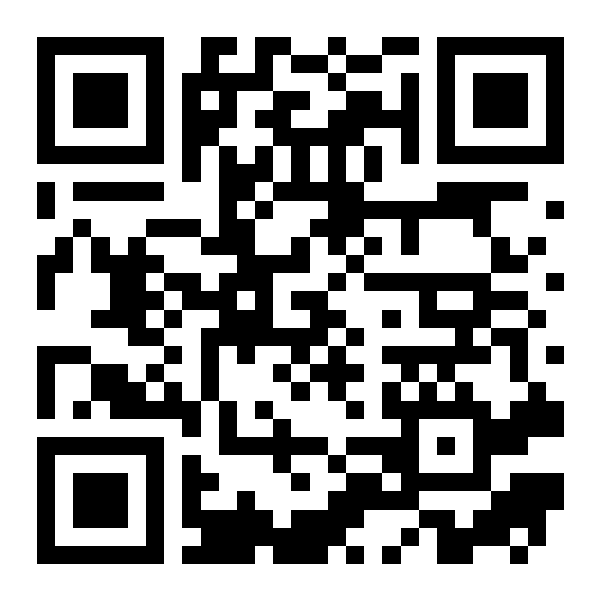In the crypto world, the most unique and secretive market maker track, is there a way to bring transparency to it?
In the world of cryptocurrency, liquidity is everything. But who provides this liquidity? How do they do it? Is it really worth it for project teams to pay hefty fees? In the past, the answers to these questions were often hidden behind layer after layer of opaque structures—gray clauses of liquidity protocols, low disclosure standards of exchanges, and the "default unwritten rules" of market manipulation. Until Coinwatch emerged, everything began to be peeled back.
The mission of Coinwatch is simple yet powerful: to enable all crypto projects to see clearly what their market makers have been doing on exchanges. In the current regulatory vacuum and the industry's weak self-regulation, it is evolving into a new form of "decentralized regulatory tool," bridging the trust deficit and propelling the crypto market into a more transparent and orderly era.
Why Crypto Markets Desperately Need Market Maker Transparency
By the end of 2024, the crypto market was rocked by a scandal: the token launch of Layer 2 project Movement Labs led to a massive plunge, with nearly 66 million MOVE tokens swiftly liquidated within 24 hours of listing, totaling over $38 million. What was even more unsettling was that this sell-off was not due to retail panic but was orchestrated by the project's collaborating market maker behind the scenes. The project team later discovered that the tokens intended for "market stabilization" had been transferred through a shadow agreement to an obscure intermediary without senior management's knowledge.
This was a warning sign and a reflection of a common practice in the industry. While most Web3 projects hire market makers (MMs) to provide liquidity and stabilize prices before token listing, the true power often lies with the unseen party. Project teams usually cannot ascertain whether the market maker fulfilled the agreement, placed orders as required, engaged in private sell-offs, or where the "liquidity" on the exchange actually came from.
Currently, the market-making mechanism in the crypto market is caught in a dual dilemma of "structural imbalance and information distortion." On one hand, market makers, originally tasked with providing liquidity and reducing slippage, frequently find themselves lured into becoming price manipulators due to poorly designed incentive structures—acquiring a large number of tokens through option agreements, inflating the fully diluted valuation (FDV), and conducting concentrated sell-offs after the price hits the execution point, essentially transforming into arbitrage traders. On the other hand, the industry's overall transparency is very low: key information such as market maker lists, token lending protocols, order book data, etc., are mostly not public, making it difficult for project teams to coordinate supervision and secondary market investors unable to discern the true executors behind the trades. This asymmetric structure not only magnifies market volatility risks but also severely damages market credibility and investor protection mechanisms.
A lack of transparency in a black-box mechanism will ultimately erode the market's foundation of trust. Coinwatch has emerged in the midst of this trust crisis, attempting to bring a set of new "visible" rules to the industry.
Related Read: "Unveiling the Movement Market Maker Sell-off Scandal: Secret Contracts, Shadow Advisors, and Hidden Intermediaries"
What is Coinwatch: A Transparent Bridge between Project Teams and Market Makers
Who Regulates Market Makers? They Decide to Step In Themselves
The founding team of Coinwatch consists of two seasoned primary market practitioners who are not mere "onlookers" but have firsthand experience of how project teams have struggled with liquidity issues post-launch.
Co-founder Matt Jobbe previously served as the Head of Finance Products at Dapper Labs and CoinList, as well as a Product Manager at Coinbase, and early in his career led commodity derivatives trading at Barclays Bank. He understands the market challenges that crypto projects face post-listing— "If you can't see the liquidity, you can't see the real price."
The other co-founder, Brian Tubergen, is a co-founder of CoinList, former Product Director at AngelList, and also a high achiever from the Princeton Computer Science department. From the earliest token launch platforms, he observed that project teams often had no control over their market-making arrangements post-listing, becoming "victims of spending money to have others operate with no return."
It is based on these frontline experiences that they realized: a project's success relies not only on technology and community but transparent management of market liquidity is the key to long-term stability. "We built Coinwatch to give project teams the ability to see the truth for themselves, rather than continue to let the black box consume trust." Brian described their original intention in this way.
Comprehensive Understanding of Market Makers: How Does Coinwatch Achieve This?
The core product of Coinwatch is Coinwatch Track, which directly integrates with market makers' API data, displaying real-time information such as order book depth, buy/sell quotes, trading volume, trading pair distribution, and other detailed information. Unlike the traditional estimation-based approach, Coinwatch shows actual operational behavior, helping project teams assess: Did I really get the expected service in exchange for the fees I paid?
More importantly, through Trusted Execution Environment (TEE) technology, it ensures that market makers' API keys are not exposed to any third party, including Coinwatch itself. The market maker's sensitive data is processed internally within TEE and uploaded as verifiable digests. Project teams can see the results without accessing underlying permissions. This mechanism ensures both security and achieves "non-adversarial transparency."
In addition, Coinwatch is equipped with an Advisory service team to assist project teams in selecting suitable market makers, setting reasonable liquidity targets, and participating in the CEX listing process coordination, enabling projects to achieve professional operations in both the "choosing a market maker" and "managing market making" dimensions.
From Black Box to Transparency: Coinwatch is Building a New Consensus in the Crypto Market
Since its launch in 2024, Coinwatch has rapidly gained market recognition. It has now onboarded 12 mainstream market makers such as Amber Group, Galaxy, and GCR, becoming a practitioner of "transparent market making."
Furthermore, project adoption is accelerating, with dozens of top-tier ecosystems including Optimism, Aptos, Sui, and LayerZero incorporating Coinwatch into their daily market monitoring systems.
Coinwatch is not just a data dashboard tool; it is establishing a "market trust protocol": market makers are willing to be observed, project teams have the right to view data, and the platform is responsible for ensuring neutrality and security. As this protocol becomes the industry's default standard, the black box in the market will gradually shrink, and the gray area of speculative arbitrage will be replaced by a transparent, symmetrical, and contract-driven cooperation mechanism.
Coinwatch is not a regulatory body; it does not force anyone to disclose information. Instead, it uses technology and trust design to make "transparency" a voluntary choice and gradually evolve into a "market entry ticket." In a crypto world where regulation has not yet fully arrived, it is efficiently rebuilding market order.
Welcome to join the official BlockBeats community:
Telegram Subscription Group: https://t.me/theblockbeats
Telegram Discussion Group: https://t.me/BlockBeats_App
Official Twitter Account: https://twitter.com/BlockBeatsAsia
 Forum
Forum OPRR
OPRR Finance
Finance
 Specials
Specials
 On-chain Eco
On-chain Eco
 Entry
Entry
 Podcasts
Podcasts
 Activities
Activities









